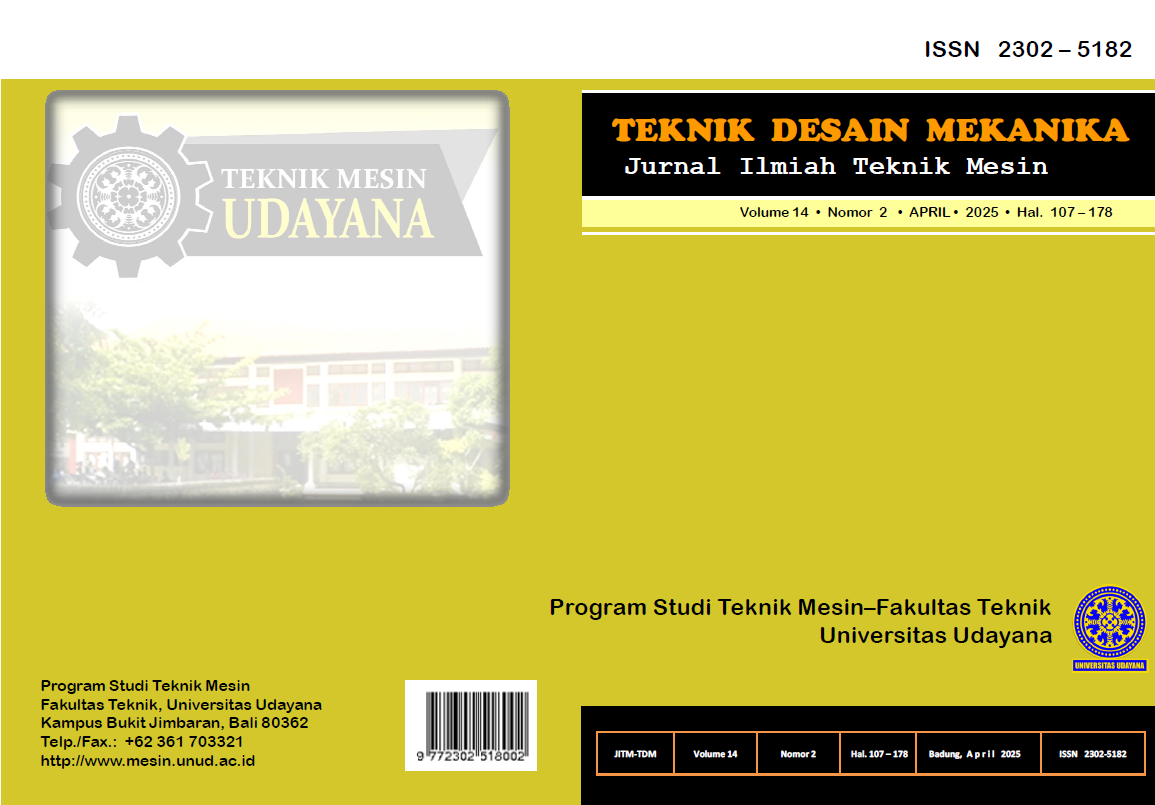Effect of Municipal Solid Waste Variations (Refuse Derived Fuel, Waste Briquettes, and Mixed Waste) on the Temperature Profile of a Dual-Chamber Incinerator
Abstract
The increase in the amount of waste is still a serious problem that needs to be addressed because it is closely related to environmental issues. One method of processing waste is by processing waste into fuel through a thermal process using the incineration method. Incineration is a method of processing solid waste through closed combustion at high temperatures, producing ash and combustion gases. The incineration process is carried out using a tool called an incinerator. This research aims to analyze the effect of fuel variations in the form of RDF, waste briquettes and mixed waste on the temperature profile of the Fixed Grate Dual Chamber type incinerator. The test was carried out using an experimental approach by inserting fuel to be burned into the combustion chamber to then be burned at a control temperature of 900 °C and an air supply from the main blower of 10 m/s. The results of this research show that RDF combustion has the highest peak combustion temperature in chamber 1 and chamber 2, 1094.5 °C and 1267.3 °C respectively.


